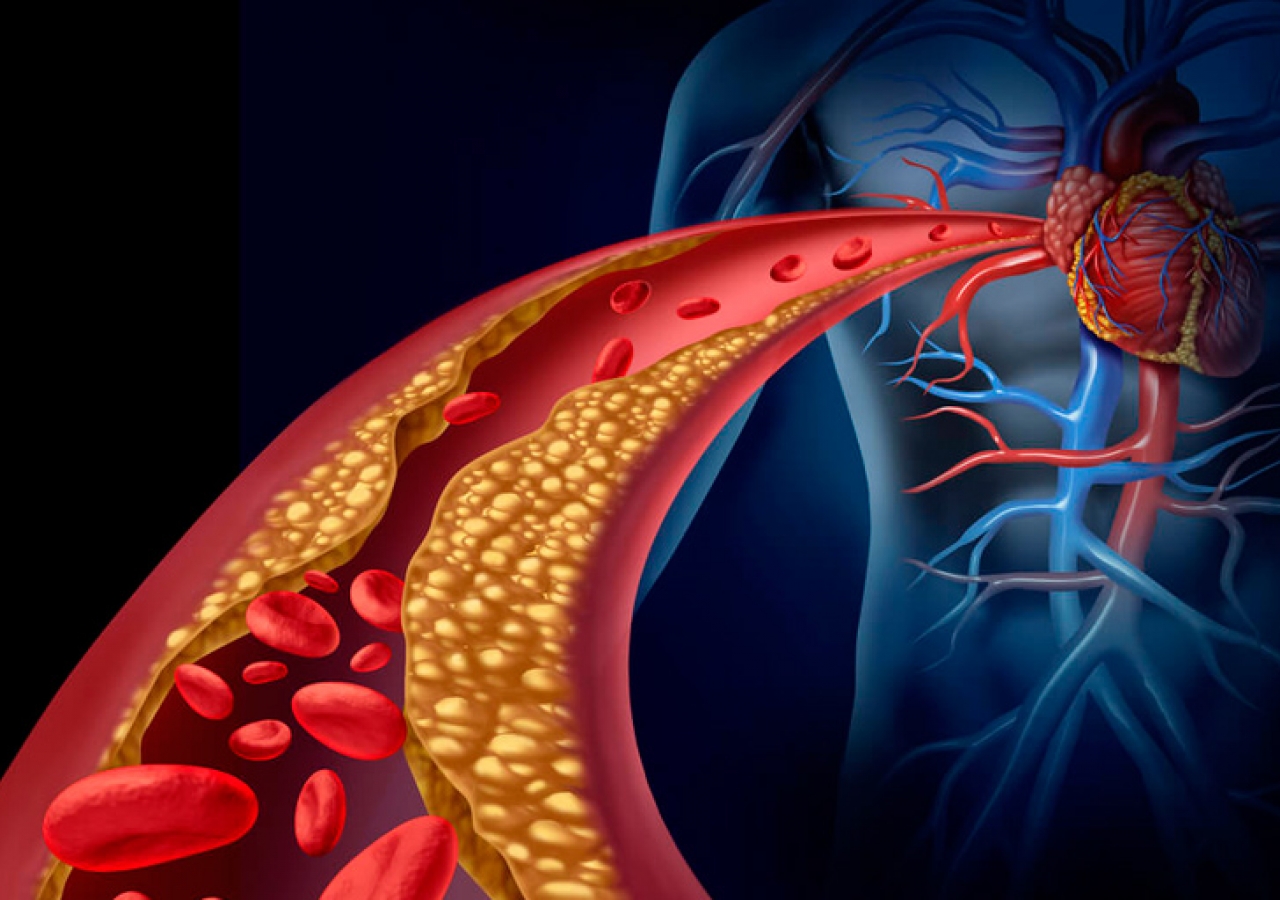Cholesterol is an essential fat in our body, which has two origins: a part produced by the body itself, the liver, and another part obtained through food, by eating animal products such as meat, eggs, and dairy products.
The body needs cholesterol to make cell membranes (walls), hormones, vitamin D and bile acids, which help digest food. However, our body only needs a small amount of cholesterol to satisfy its needs. When cholesterol is in excess oxygenated blood does not reach the heart muscle in enough quantity, chest pain may occur - the so-called angina.
Types of cholesterol
Low Density Lipoproteins (LDL): Are commonly known as “BAD CHOLESTEROL” Because it is the one that is deposited on the wall of arteries, causing atherosclerosis. The higher LDL in the blood, the greater RISK of cardiovascular disease.
High Density Lipoproteins (HDL): Also known as “good cholesterol” which has the role of cleaning the ARTERIES, so the higher they are, the lower RISK of cardiovascular disease.
Very low-density lipoproteins (VLDL): Are like LDL but containing more fat and less protein.
Triglycerides: Are another type of fat that circulates in the blood linked to VLDL. A diet excessively high in calories, sugars or alcohol raises triglycerides, increasing cardiovascular RISK.
What factors affect cholesterol levels?
Diet: Excessive consumption of saturated fat raises cholesterol levels. To reduce them, you should avoid the consumption of fats of animal origin, such as fatty meats, cheese, butter, fast food, etc.
Body weight: Being overweight raises cholesterol. Weight control reduces LDL cholesterol levels and has the added benefit of raising HDL.
Physical activity: Regular exercise lowers LDL cholesterol and raises HDL. It is advisable to practice 30 minutes of physical activity daily, such as walking at a fast pace.
Heredity: Our genes partly determine the amount of cholesterol each body produces. There are families where cholesterol is high.
How to reduce cholesterol and risk of cardiovascular disease?
• Reduce consumption of foods high in saturated fats and cholesterol. (Red meat and non-skimmed dairy products)
• Exercise regularly. Physical activity increases HDL cholesterol, in addition to helping to control weight, diabetes and blood pressure, important risk factors for cardiovascular disease.
• Stop smoking. In addition to a whole series of health hazards, smoking lowers HDL cholesterol. Fortunately, when you stop smoking, HDLs rise again.
• Take the medication prescribed by your doctor.
Adapted from : https://lifestyle.sapo.pt/saude/noticias-saude/artigos/como-reduzir-o-co...







